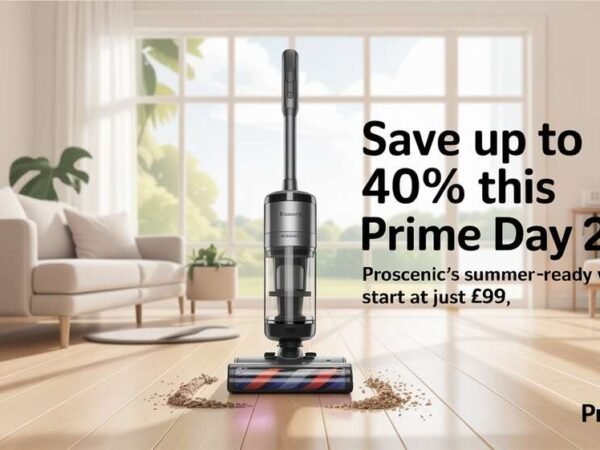Pressure washing a pool can be a highly effective way to keep it clean and well-maintained. Different cleaning solutions are specifically formulated to target the various kinds of grime and buildup that accumulate in pools. These include degreasers for oily residues, algae removers, and scale removers for mineral deposits.
Using the right cleaning solution for pressure washing can make a significant difference in the outcome. For instance, alkaline cleaners are ideal for breaking down organic materials, while acidic solutions are excellent for dealing with mineral stains. Specialty cleaners are also available for addressing specific issues like rust or calcium buildup.
Choosing the appropriate cleaning solution is crucial for maintaining the pool’s surface without causing damage. Proper application ensures not only the cleanliness of the pool but also the longevity of its materials and finishes.
Types of Cleaning Solutions for Pool Pressure Washing
Various cleaning solutions are used in pool pressure washing to address stains, algae, and debris. The choice of cleaner depends on the pool’s surface, the type of contamination, and environmental factors.
Chlorine-Based Cleaners
Chlorine-based cleaners are highly effective in disinfecting and sanitizing pool surfaces. These cleaners target bacteria, algae, and organic debris, ensuring a clean and safe swimming environment. Chlorine solutions are typically diluted before application.
- Effective against algae and bacteria
- Commonly used in residential and commercial pools
- Handle with care to avoid skin and eye irritation
Muriatic Acid Solutions
Muriatic acid is essential for tackling tough stains, such as those caused by hard water and calcium deposits. It is particularly useful in concrete and tiled pools. Careful handling and proper dilution are crucial when using muriatic acid to avoid damage.
- Removes stubborn mineral and scale deposits
- Dilute properly before use
- Use protective gear to avoid burns and inhalation risks
Algaecides and Biocides
Algaecides and biocides are designed to control and eradicate algae blooms and biofilm formation. These solutions can be applied as part of regular maintenance or targeted treatments after visible algae growth is observed.
- Controls algae growth and prevents recurrence
- Different formulations are available for various algae types
- Use as directed to avoid chemical imbalances
Specialized Detergents
Specialized detergents are formulated to remove oils, lotions, and other organic contaminants. These detergents can be used on vinyl and fiberglass surfaces without causing damage. They are typically biodegradable and safe for pool equipment.
- Break down organic residue
- Safe for use on sensitive surfaces
- Effective when used with pressure washing equipment
Eco-Friendly and Biodegradable Options
Eco-friendly cleaning solutions are gaining popularity due to their minimal environmental impact. These cleaners are biodegradable and non-toxic, making them safe for both the pool and surrounding areas.
- Safe for plants and aquatic life
- Biodegradable and non-toxic ingredients
- Suitable for frequent use without harming the environment
Best Practices for Pressure Washing a Pool
Proper pressure washing of a pool involves crucial steps like preparation, safety measures, effective application techniques, and appropriate rinsing and disposal methods. Following these guidelines ensures a clean, well-maintained pool without damaging the surfaces.
Preparation and Safety
Before starting, ensure all electrical equipment near the pool is turned off. Remove any loose debris from the pool to avoid clogging the pressure washer.
Safety gear is essential. Wear protective eyewear and gloves to guard against flying debris and harsh chemicals. Always read the manufacturer’s guidelines for operating the pressure washer.
Inspect the equipment beforehand. Ensure the hose is free of leaks and the pressure settings are suitable for the pool materials.
Application Techniques
Choose the correct nozzle for the job. A 25-degree nozzle is suitable for most pool surfaces as it balances pressure and coverage well.
Maintain a consistent distance from the pool surface, typically around 3 to 4 feet, to avoid damaging the integrity of the pool material. Move the nozzle in a sweeping motion to ensure even cleaning.
Use the appropriate cleaning solutions according to the type of dirt and mold present. For example, Miami Pressure Cleaners often recommend using a combination of mild detergents and algaecides for effective cleaning.
Rinsing and Disposal
Once the pool surface is cleaned, it’s crucial to thoroughly rinse away any remaining detergent or chemical residue. Use clean water and go over the walls and floor of the pool methodically.
Proper disposal of wastewater is vital. Avoid draining it into storm sewers or natural bodies of water. Follow local regulations regarding wastewater disposal, which might include directing it into a sanitary sewer.
Ensure the pool is fully dry before refilling. This final step helps prevent any waterborne contaminants from reentering the pool.
Also Read Interesting articles at Disboard.co.uk













